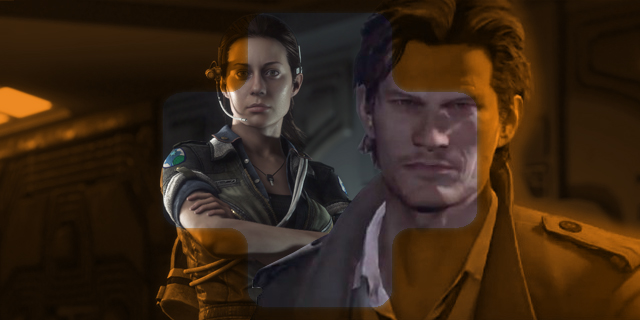
I’ve written a lot about horror games, specifically regarding how the genre has gone through a bit of a renaissance in recent years. There have been a surprising number of quality horror games, and with the recent announcement of a new Silent Hill title, plus Capcom’s supposed effort to bring Resident Evil back to its roots, it’s safe to say we’ll be seeing plenty more.
This brings me to this month’s newest horror releases: Alien: Isolation and The Evil Within. Both are modern horror games, yet they both approach the genre from entirely different perspectives. Best of all, you can look at both games as example of how to do modern horror right and how to do it, well, not so right.
Let’s start with Alien: Isolation. It’s a direct sequel to the original Alien and focuses entirely on its lead character, Amanda Ripley, surviving several encounters with the titular creature (among other dangers). Right from the start, the game sets up a remarkably strong atmosphere and when it gets going, it really gets going.
Unlike similar first-person horror games, such as Amnesia and Outlast, Alien: Isolation is a mix between first-person combat and pure stealth. In most situations you can completely avoid encounters with enemies, especially if you utilize stealth properly, but you will undoubtedly come across situations where combat is necessary. It almost never forces it on you, leaving you with an impression that it’s a secondary measure; thankfully, when these situations do arise, you are well-equipped to handle it if you play your cards right.
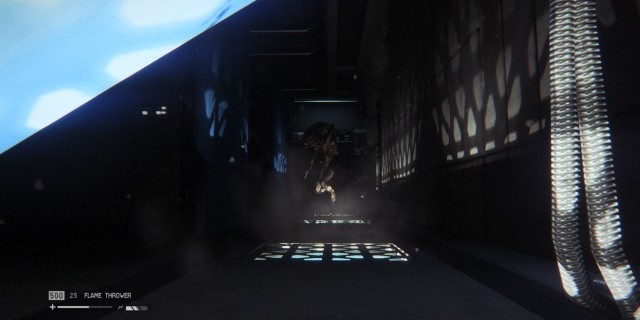
On top of that, the stealth is remarkably well-done. Knowing the Alien is lurking nearby in most situations provides a sense of tension rarely seen in modern horror, even in popular games such as Amnesia. You could go through an entire chapter without seeing the Alien, but knowing it could pop out at any time keeps you appropriately on edge. Blending this creature in with other enemies, such as the always-creepy Worker Joe androids, makes for some terrifying situations.
Like the film it’s based on, Isolation also subverts an awful trope you come to expect from the genre and creates a believable (and tough) female protagonist who is clearly just as capable as her mother. While the story in Isolation won’t win any awards, it’s surprisingly subtle, with plenty of careful callbacks to the original film and some neat twists along the way. It does begin to lose its footing by the time you reach the end, with a final chapter that wouldn’t feel out of place in a Call of Duty game (if Call of Duty featured a single, seemingly unstoppable alien, that is). Thankfully, the majority of the experience is an excellent take on mood-setting and building tension without being overbearing.
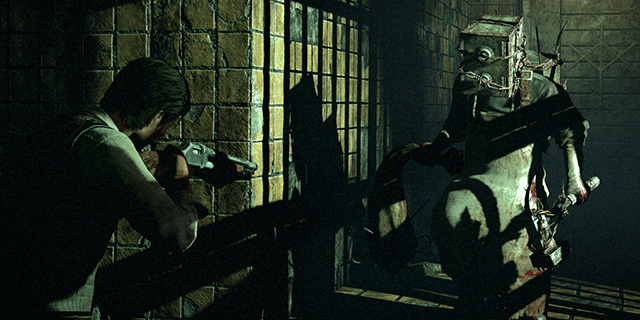
The Evil Within, on the other hand, falls more in line with more recent “horror” games you might see from Capcom and Konami. The last couple of Resident Evil and Silent Hill titles have employed horror elements, yet they are as far from what you expect from horror games as you can get. I’ve gone into enough detail about those games already, so I won’t ramble more about those series here, but I make the comparison for one simple reason. The Evil Within, despite how horrific it might seem, resembles a take on modern horror that I feel we’re starting to move past for the better.
If Alien: Isolation is about balancing edge-of-your-seat tension and screaming-out-loud terror, The Evil Within is the video game equivalent of blunt force trauma. It attempts to blend stealth and action, yet never uses either too effectively. Think of a cross between The Last of Us and Resident Evil 4; it borrows the basic ideas from these titles without actually understanding what makes either game successful to begin with.
There is a lot to like about The Evil Within, including its incredible art design and as well as its attempt to stick more closely to the genre’s survival horror routes due to your limited resources. It has a story that isn’t particularly great, but keeps you guessing and wanting to find the next piece of the puzzle. It messes with your head in some minor ways that felt similar to classic Silent Hill games. Again, it’s not as subtle, but decent in the grand scheme of things.
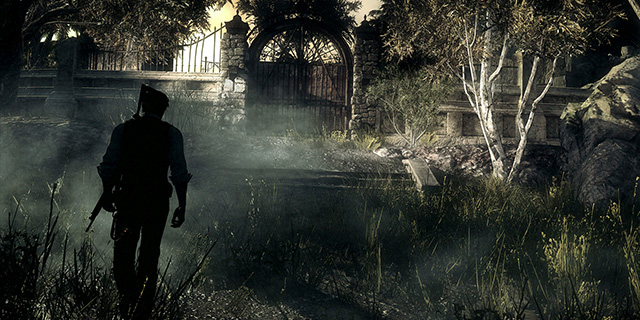
These are elements The Evil Within handles with relative nuance, showcasing some true craftsmanship, but it rarely capitalizes on them. It doesn’t scare or do a good job of building tension, it simply jumps out and screams “Boo!” when it feels it’s appropriate. It hides under the guise of modern horror, but in many respects it’s ripped straight out of a bygone era. The genre has evolved for a reason.
Both games are fundamentally different in many ways, there’s no denying that, but it goes to show just how differently you can approach horror and how easy it is to fall back on old ideas simply because they worked before. Alien: Isolation relies heavily on the original Alien film, sure, but it manages to create something inspired and carves out its own identity. The Evil Within wants to stand out and create a balance between the new and the old, but tries so hard to “scare and disgust” that it misses the point of effective horror entirely.
I remember when the original Dead Space released. It surprised many (myself included) simply because it initially appeared to be less about traditional horror and more about action. It was action-packed, at least suitably so, but it was also tense and atmospheric without being overbearing. Dead Space 2 is less terrifying, but still resembles the original game enough while still becoming its own thing. Then we get to Dead Space 3, a game so focused on more enemies, more danger, and more action that any shred of horror the series once had is lost, as is its own identity.
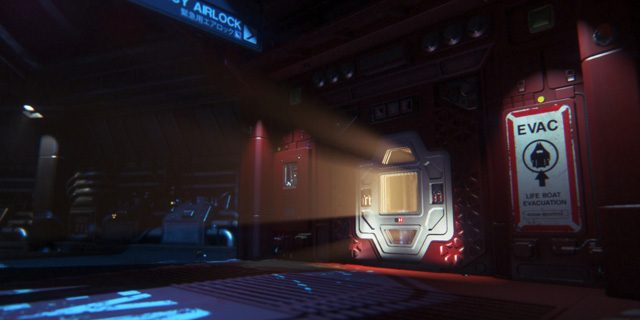
The gulf between the Dead Space games is exactly the same as the one between Alien: Isolation and The Evil Within. I appreciate these two entirely separate takes on what I consider to be the modern horror video game, giving us two different perspectives on a subject with a multitude of different interpretations. At the same time, it makes me wonder which of the two will have more influence over a genre that seems to be going through a bit of an identity crisis.
Either way, it’ll be exciting to see just how much horror in games continues to evolve in the coming years, especially if the best aspects of both of these games shine through into future titles.



















